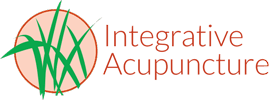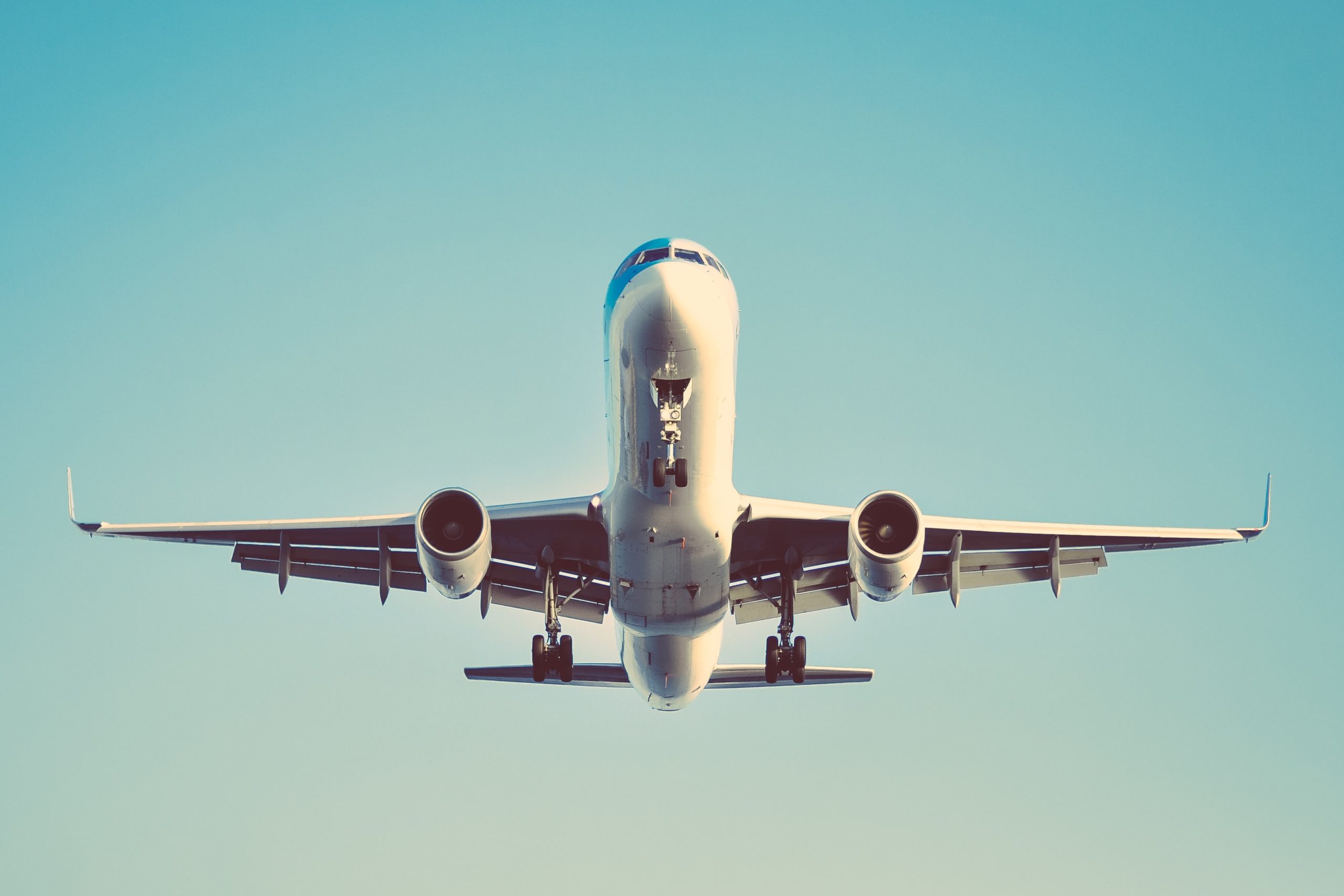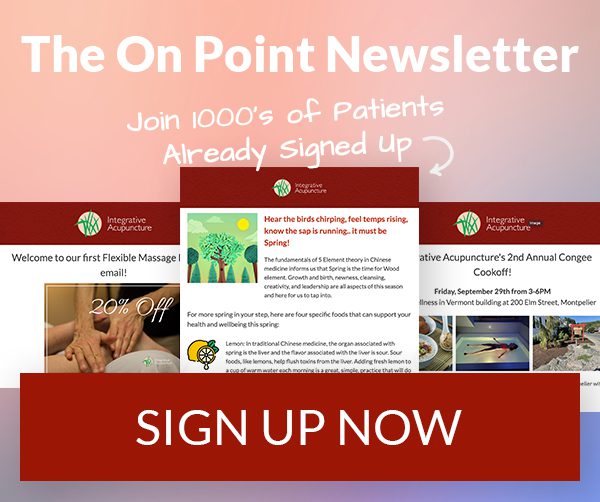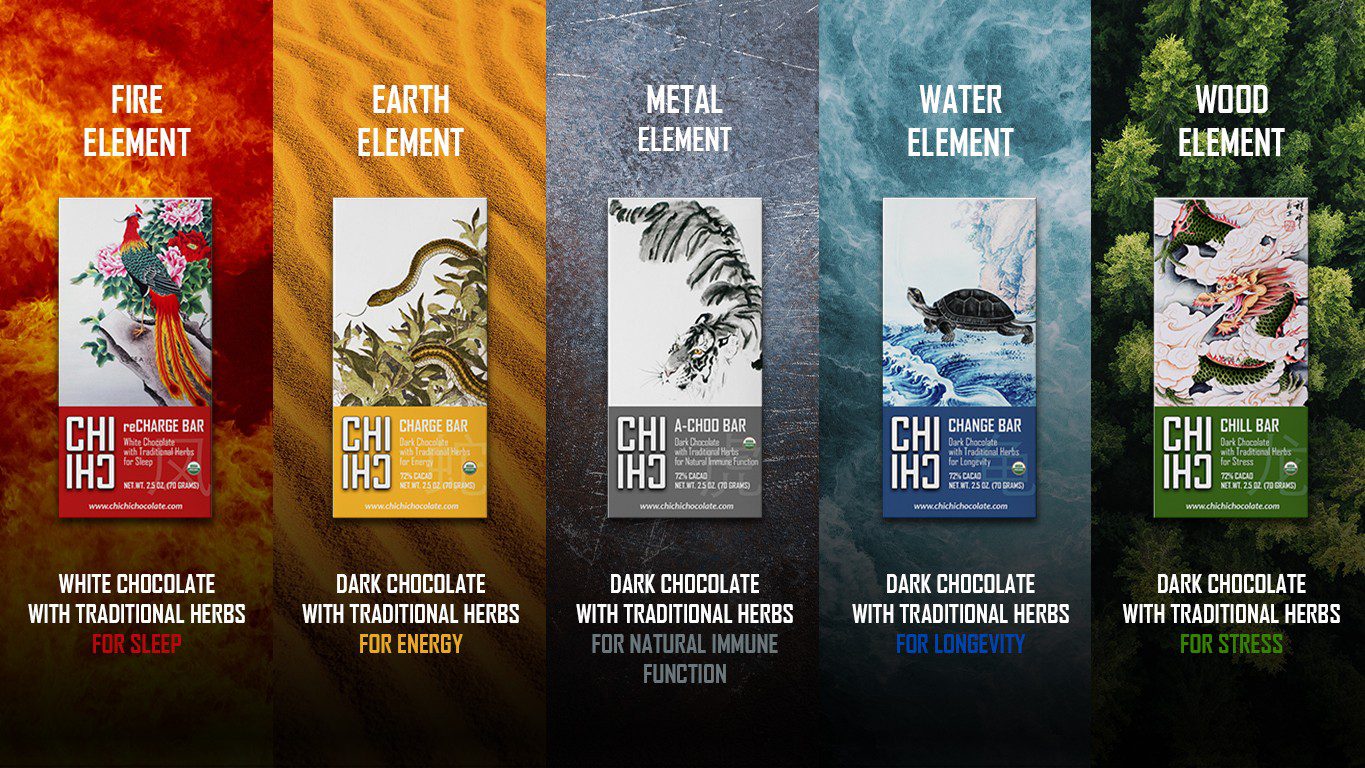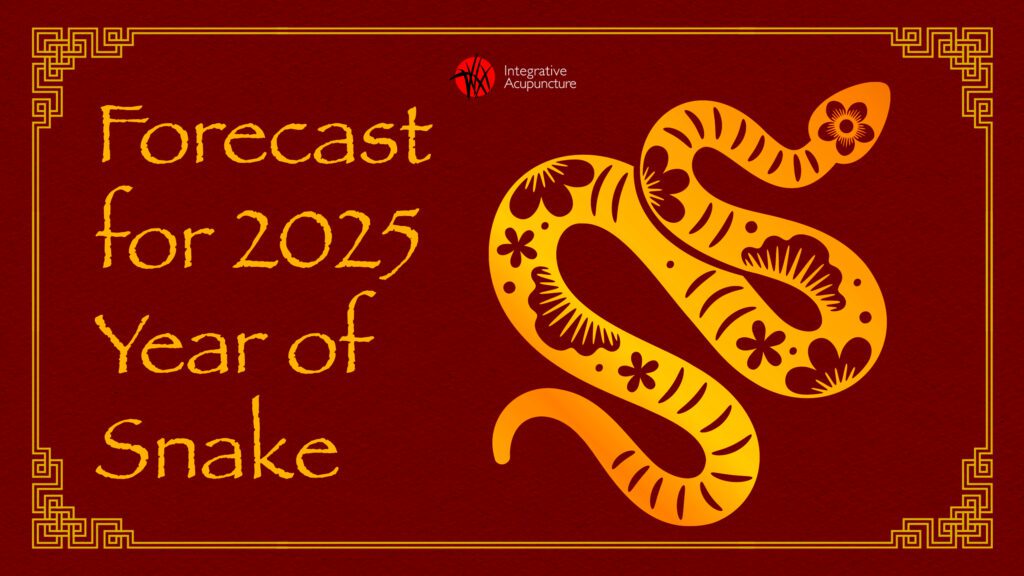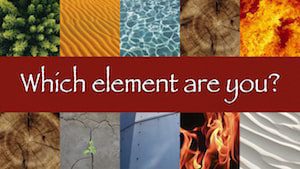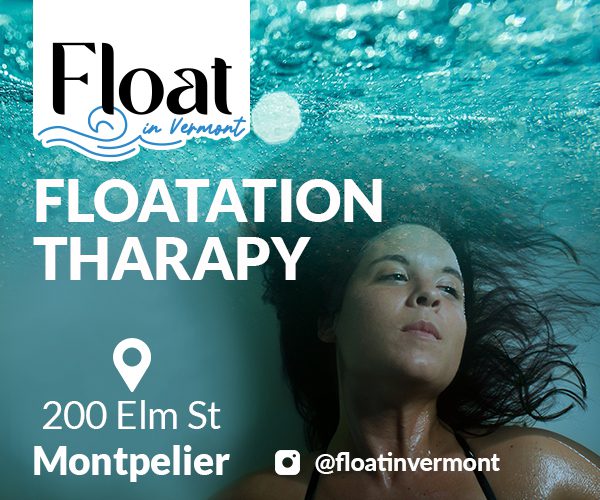Acupuncture is an excellent remedy for recovering from jet lag. Acupuncture helps reset circadian rhythms naturally. How can acupuncture help you get a better night’s rest? There are both Eastern and Western ways of answering this question.
Recent research has demonstrated acupuncture increases free adenosine levels by 24 percent (Goldman, 2010). Adenosine is the opposite of caffeine and helps explain why most acupuncture patients often take a little nap during their treatment, wake up feeling refreshed and also enjoy a great night of sleep after treatment. Research indicates acupuncture can increase melatonin while reducing insomnia and anxiety (Spence, 2004).
Another study demonstrated acupressure bands placed at H7 increases melatonin secretions (Nordio, 2008). H7 is located on the wrist above the pinky finger. You can try to make your own acupressure patch: place a small round seed, dried round bean, or bead on H7 using a Band-Aid or tape to affix in place. This point, Heart 7, is also called Shen Men meaning Spirit Gate. This point reduces excesses that disturb the spirit and the balance of yin/yang, such as jet lag and the disruption of circadian rhythms.
Sleep is contingent upon yin/yang being in balance. Yin/yang is more than this, but for the sake of this article yang is daytime and outgoing activities and yin is nighttime and quiet non-activities, such as meditation and sleep. When yang rises out of balance it accumulates in the head (headache, insomnia), Yin can accumulate in the feet (e.g. swollen ankles post flight). When we travel over several time zones, our yin/yang balance is off-kilter. Acupuncture promotes sleep by rebalancing the flow of yin/yang. Light ‘pollution’ imbalances your yin/yang. Yang is light and yin is dark: try limiting your exposure to light when you sleep and travel at night by using an eye mask.
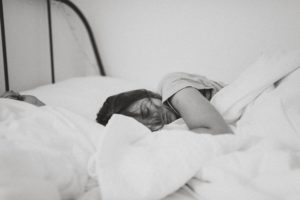
Receiving acupuncture to rebalance your circadian rhythms after you travel would be ideal. You can also try doing self-acupressure to rest your circadian rhythm! You can use acupressure to rebalance your yin/yang & circadian rhythms. Begin at yintang, between the eyebrows, place your thumbs together and rub untoward the scalp, or place your index finger there lightly and rub in a clockwise circle. From yintang move along to DU 20, known as 100 Yang Crossing – almost at the very top of your head (the fontanelle) it will feel tender: use your index fingers along the centerline of your head to gently rub down toward the back of the head. At the base of the skull your hands separate as you continue to manage in little circles the occiput (back of your head). Pause and linger along tender points, especially GB 20 and Anmian (Peaceful Sleep) then move into massaging the ear. Start at the ear point for the pineal gland, just above where the ear lobe connects with the cheek. massage the ear lobe, then move up along the outer ear to stimulate.
Hydro Therapy
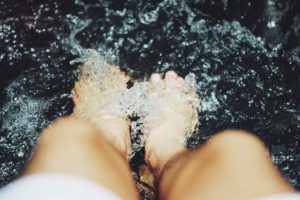
Take a hot bath for your feet! This helps gather and nourish yin with an epsom salt foot soak up to SP 6 (illustrate). Self massage from K 1 (on the bottom of the foot) up to the inner ankle to SP 6. This will also help if you get swollen ankles when you travel.
Nutrition therapy
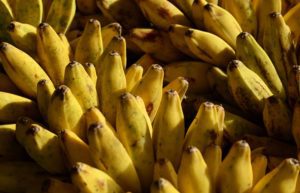
Melatonin is a hormone that helps us sleep, it is produced in the pineal gland, but studies show we can also experience a positive benefit from eating food high in melatonin because this hormone can be absorbed through the digestive system. Focus on eating foods that boost melatonin in general but especially the day before, during and post flying: tart cherries, Goji berries, kiwi, pineapple, bananas, oranges, oats, walnuts, almonds & sunflower seeds, mustard, cardamom, fennel and coriander. Also load up on protein foods containing tryptophan, such as turkey or pumpkin seeds. When traveling consider making your own melatonin-boosting granola bars or gorp.
More foods that naturally boost melatonin
Try Aromatherapy!
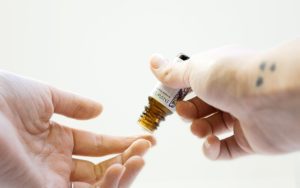
Essential oils should always be diluted to use directly on the skin! Place a dab of lotion in your hand and add one drop of a single essential oil or one drop of a blend: lavender, ylang ylang, and/or cedarwood essential oil.
References
Goldman, Nanna, Chen, Michael, Takumi Fujita, Qiwu Xu, Weiguo Peng, Wei Liu, Tina K. Jensen, Yong Pei, Fushun Wang, Xiaoning Han, Jiang-Fan Chen, Jurgen Schnermann, Takahiro Takano, Lane Bekar, Kim Tieu & Maiken Nedergaard, Adenosine A1 receptors mediate local anti-nociceptive effects of acupuncture, Nature Neuroscience 13, 883–888 (2010) doi:10.1038/nn.2562
Nordio, M., & Romanelli, F. (2008). Efficacy of wrists overnight compression (HT 7 point) on insomniacs: possible role of melatonin?. Minerva medica, 99(6), 539-547.
Spence, D. W., Kayumov, L., Chen, A., Lowe, A., Jain, U., Katzman, M. A., … & Shapiro, C. M. (2004). Acupuncture increases nocturnal melatonin secretion and reduces insomnia and anxiety: a preliminary report. The Journal of neuropsychiatry and clinical neurosciences.
http://www.eurekalert.org/pub_releases/2013-09/uog-mhc092513.php
